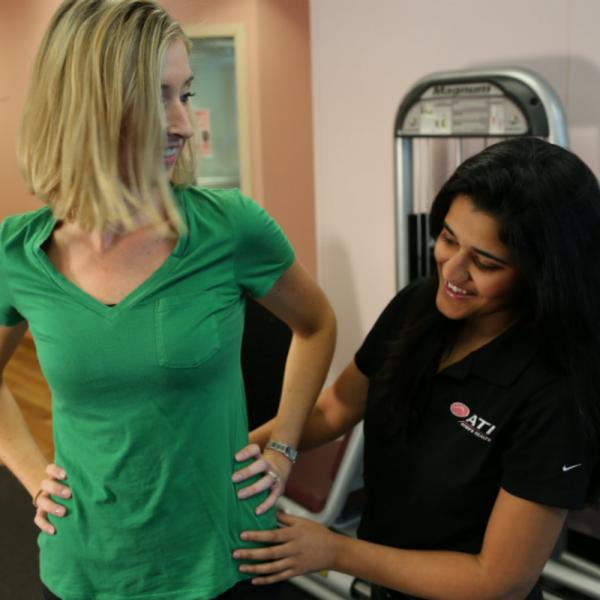Five Things Women Should Know About Urinary Incontinence

Do you ever experience little “leaks” when you sneeze, cough, laugh or exercise? Do you have a sudden urge to go as soon as you park your car in the driveway or put your key in the door? If so, you may be experiencing urinary incontinence, something that affects millions of women.
Think there’s nothing you can do about it? Think again, says ATI’s Women’s Health team. There are options available for you to get back to exercise, work and play without the fear of urge or leaking.
Here’s what you should know about urinary incontinence . . . and what you can expect with treatment:
- It’s not inevitable: Just because you’ve had children or reach a certain age doesn’t mean that urinary incontinence is normal. Common . . .yes. Normal . . .no.
- Incontinence explained: Urinary incontinence often occurs with the loss of support from the pelvic floor. When the pelvic floor is weak, you may experience issues with your bladder, uterus, intestines, or lower bowel. Strengthening the pelvic floor can help reduce those leaks and urges.
- PT provides a treatment option: Wary of pills or surgery for your incontinence? You have another option -- physical therapy administered by a women’s health therapist specifically trained in pelvic floor rehabilitation.
- Pelvic floor exercises are a key component: After an evaluation, your physical therapist will likely incorporate pelvic floor exercises as a part of your treatment plan. These exercises go beyond Kegels to show patients how to identify and activate the appropriate muscles. The main purpose behind UI treatment is to strengthen the pelvic floor muscles to give you better control of your bladder (and bowel) function.
- Treatment doesn’t last forever: Worried that you will need to stay in therapy forever to ward off symptoms? Fortunately, your therapist will work with you until you are independent enough to continue a home exercise program on your own to maintain your results!
